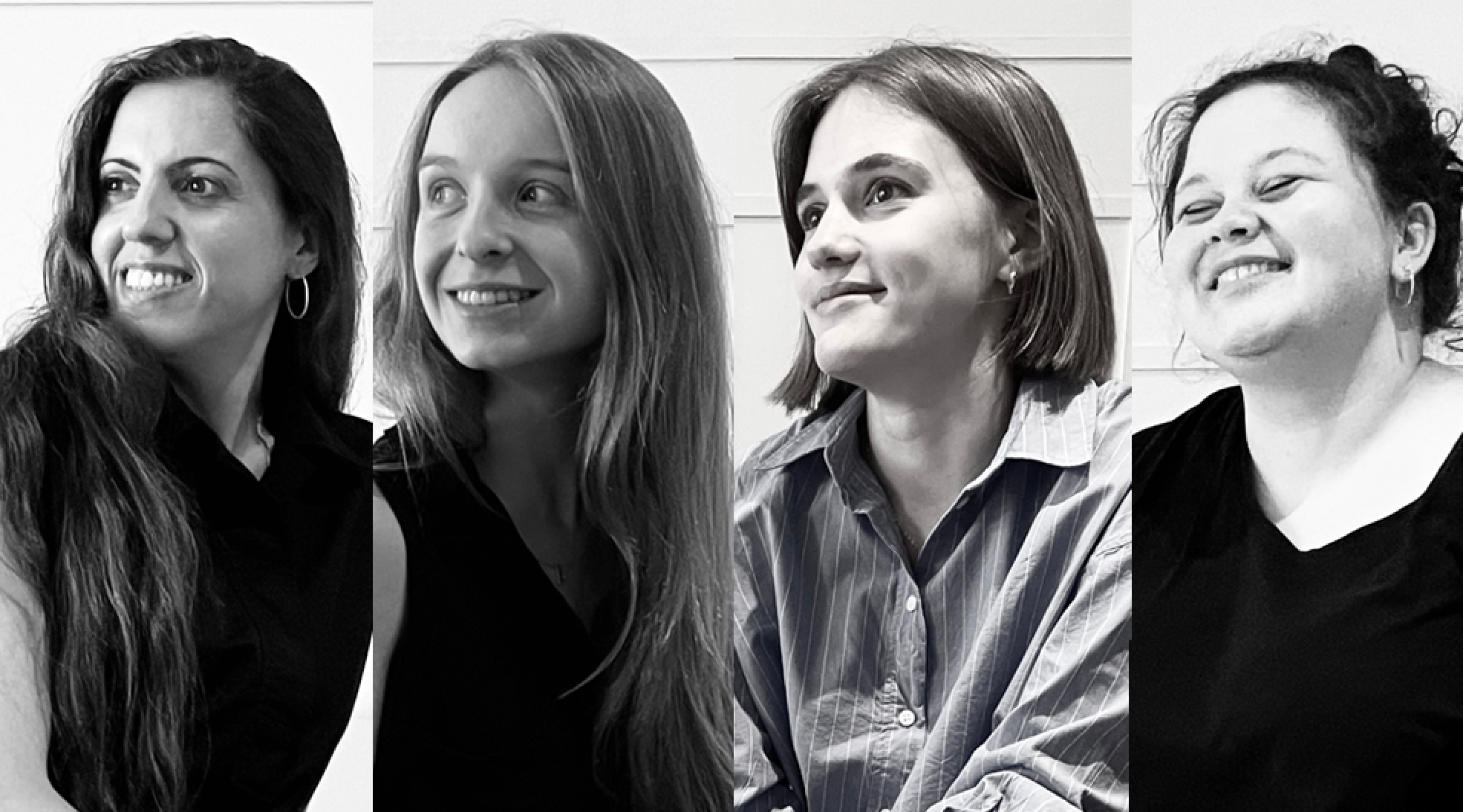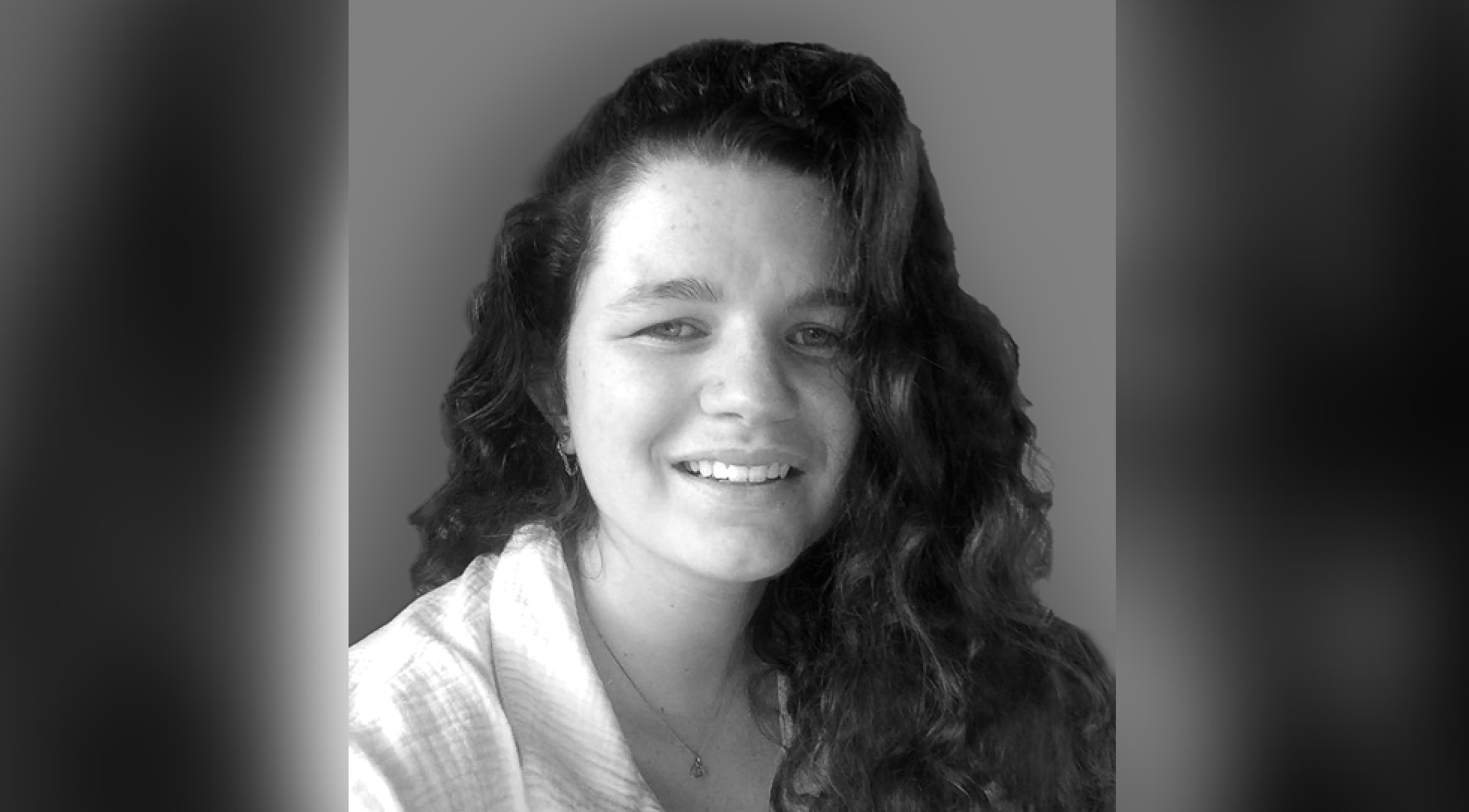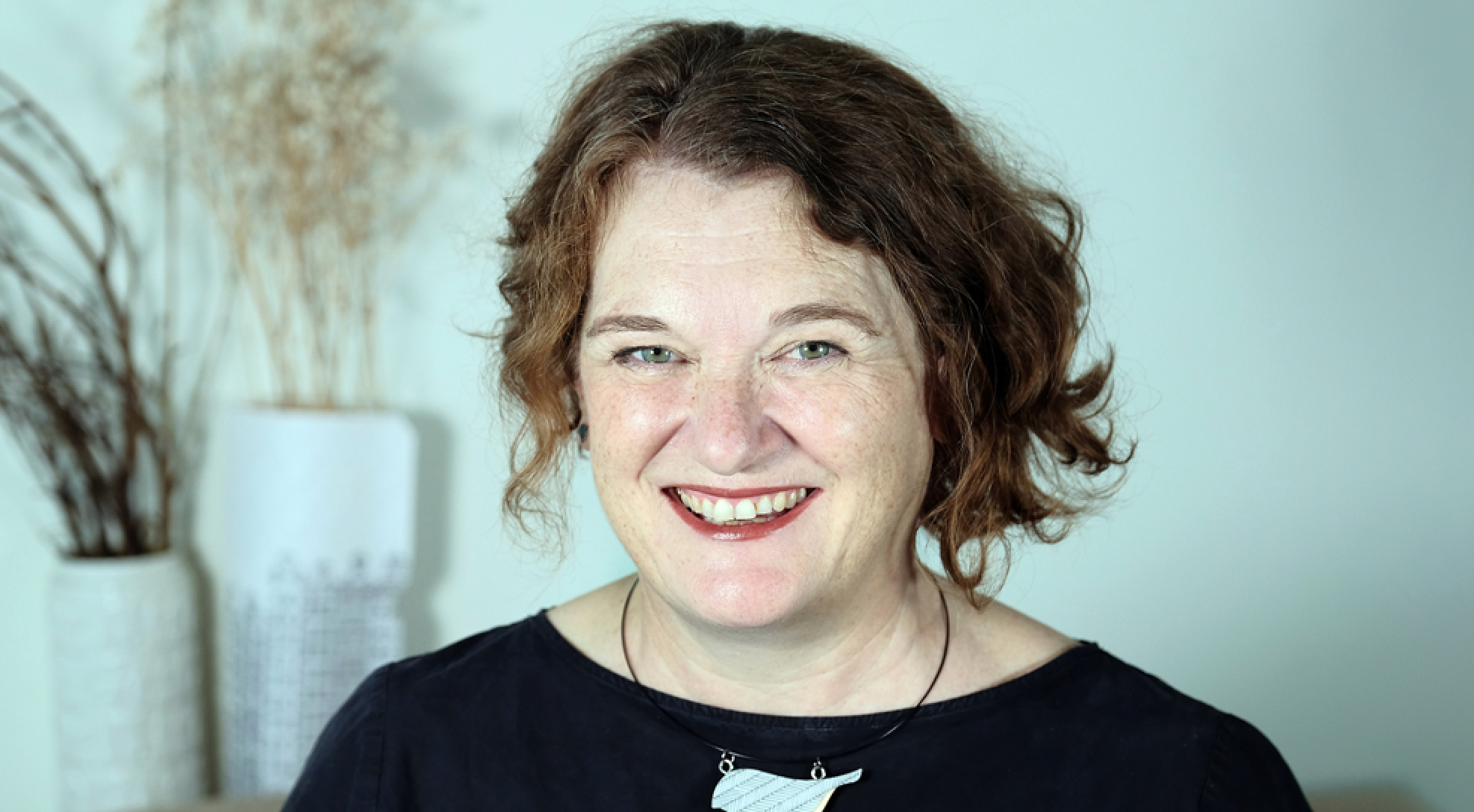We sincerely thank our jury panel
for their time and expertise
Mimi Zeiger
critic, editor, and curator
USA

Gabrielle Bullock
FAIA, NOMAC, IIDA, LEED AP, Principal, Director of Global Diversity, Perkins&Will
USA

Julie Smith-Clementi
partner at smith-clementi
USA

Barbara Bestor
Bestor Architecture
USA

Ingalill Wahlroos-Ritter
Woodbury School of Architecture, WROAD
USA

Yolande Daniels
Associate Professor in Architecture at Massachusetts Institute of Technology
USA

Sarah Lorenzen
principal at TOLO Architecture and an architecture professor at Cal Poly Pomona
USA

Kian Goh
Assistant Professor of Urban Planning at the University of California
USA

Kate Diamond
HDR’s civic design director
USA

Nina Briggs
founding principal of THE FABRIC
USA

1st Prize Winner
SHED LIGHT


CompePPon is an opportunely to make a statement, to be criPcal and to show an alternaPv to tradiPonal methods and material. It is an opportunity to be adducted and use new tools. It is a way to be involved with projects and topics that are not being pracPsed in the daily rouPne and at the same Pme working on a compePPon enriches other projects that run parallel. Also, it is a great method to get to know your team members- their strengths, their set of tools and methods. You can learn from each other, improve yourself and grow together.
Read full interviewJury feedback summary
Shed Light reveals the name of the little-known female co-designer of the Barcelona Pavilion with Ludwig Mies Van Der Rohe, Lilly Reich. The minimal steel letters horizontally mounted reveal her name when sunlight casts its shadow against the exterior travertine wall. The marker is both subtle and powerful in commemorating the female designer’s role, writing a new conscious memory of Lilly Reich’s contribution to the making of this modernist classic.
2nd Prize Winner
Portal


As a recent graduate working in the industry, I participate in competitions to further develop my creative and design skill set. Competitions have also provided unique briefs and typologies that are intriguing as they aren’t as common in everyday practice. This has given me the freedom to explore new ideas, think outside the box and not be afraid to be innovative. A way of fulfilling my creative passion for Architecture as a young designer.
Read full interview New Zealand
New Zealand
Jury feedback summary
Portal honors architect Lina Bo Bardi with a free-floating exterior frame (or pavilion), in the form of a large interactive screen which serves to educate visitors on Bo Bardi’s design of the São Paulo Museum of Art (MASP). In addition, Portal functions as a new piece of small architecture that “expresses the power of design identity in concert with the existing landmark”.
3rd Prize Winner
Highlight

 Poland
Poland
Jury feedback summary
Highlight provides a neon-lit arch-frame through which one can view the housing complex at Grunwaldzki Square - one of the most innovative examples of modernist residential architecture in Wroclaw, Poland designed by Jadwiga Grabowska-Hawrylak, the first woman in Poland to receive the title of architect. This Marker both figuratively and literally draws attention and focus to the buildings, while providing a peaceful pause to learn about Grabowska-Hawrylak’s career.
ARCHHIVE STUDENT AWARD
In praise of Shadows


We consider the format of architecture competitions to be a really good creative muscle work out. The time span is short, and the productivity is high, plus we get to work on unusual projects, it’s a win-win.
Read full interview Spain
Spain
AAPPAREL SUSTAINABILITY AWARD
Opening the corner

For me, architectural competitions are the purest essence of our work. They are fields in which to try our ideas, to stretch and broaden our way of thinking, to try something new and to say something we are usually not in a position to say. Fields to explore and play. Pure joy! (If it results with prize or realisation even better, of course.) Secondly, competitions are the most democratic way of acquiring work, an opportunity for small and young offices to get important jobs and recognition. For the society it means “handpicked” independent well-designed architecture, in an ideal case of course. In Croatia every public building and every private building of more significance has to pass through the open competition. In Ireland, on the contrary, competitions are rare and open just to handful of biggest offices.
Read full interview Ireland
Ireland








































